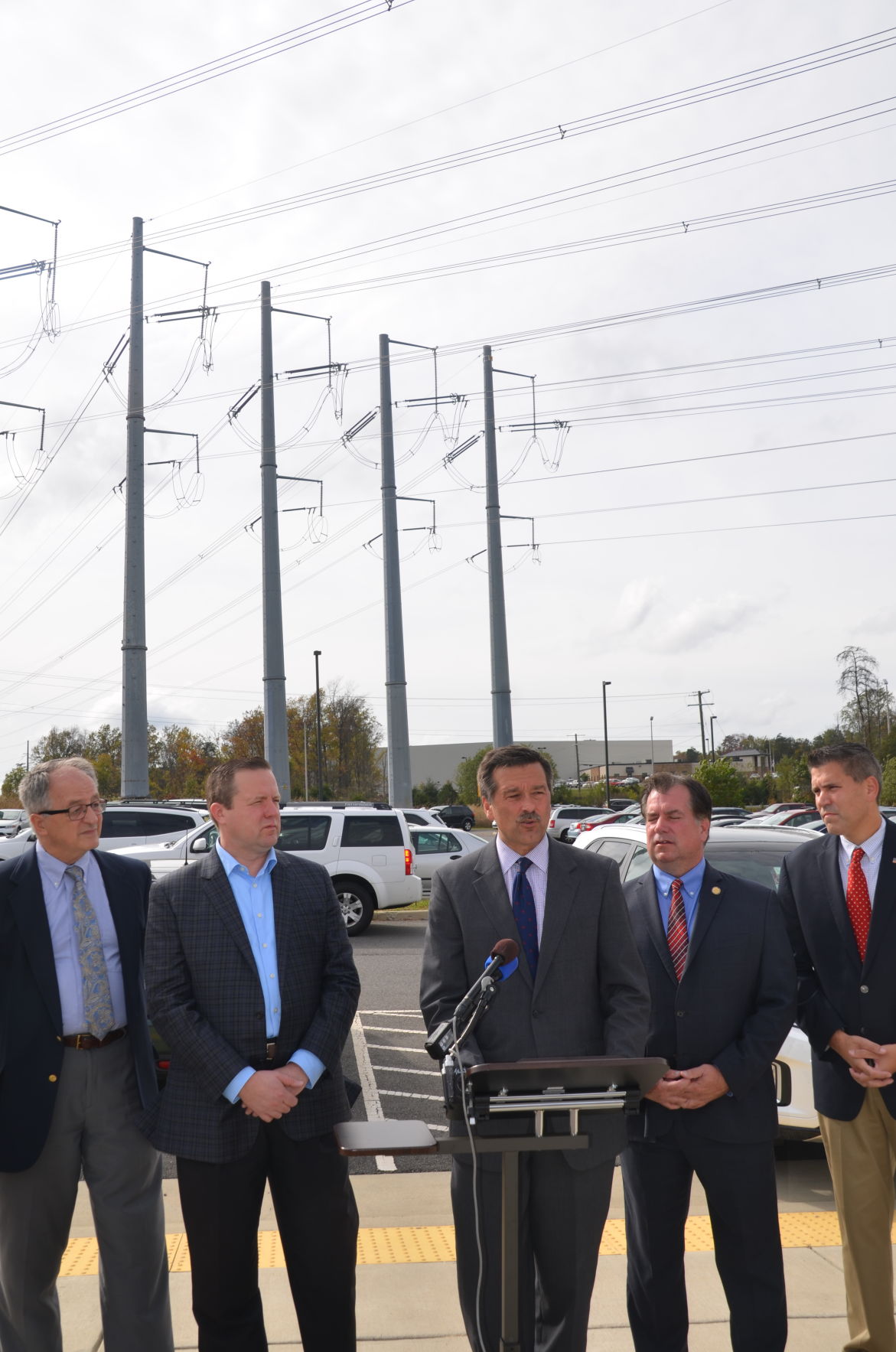
The saga of expensive underground transmission continues: Now comes the Dominion Energy Virginia 230-KV line along I-66 which is needed for an Amazon facility and the growing data center industry. The State Corporation Commission has signed off and reports in the order a cost of $170 million or more to build it.
Every step in this process has been heralded by press releases from Delegate Tim Hugo, R-Centreville, who sponsored legislation to order the SCC to approve the underground approach, which then became a major chip in the poker game behind the 2018 Dominion Energy legislation. The power line to serve the data center was first opposed outright, and then the opponents’ push was to bury it. The parties reached an agreement on this route a few months ago.
“Now that the State Corporation Commission has accepted Dominion’s application, western Prince William County residents can be assured that the Haymarket power lines will be buried,” said Del. Tim Hugo, R-Centreville, in a release Friday. “This community-led effort, which I was proud to contribute to, will ensure the quality of life in western Prince William County is maintained. Last year, I promised to pass legislation to bury the power lines, and working together, we did.”
The SCC estimated the cost of the 5-mile overhead project, which includes a new substation, at $51 million. So, that’s our cost to deliver reliable power in that region to Amazon and others, and $120 million extra is charged to maintain the lustrous beauty of I-66 through three miles of the route. Much of the route east of Haymarket is lined by subdivisions and 100-foot towers would be hard to miss.
Again, as with the previously-discussed plan to place 4,000 miles of small residential tap lines underground, the cost is paid by all company ratepayers. It is paid off over a very long period with a comfortable profit margin, thus the final all-in cost is more than twice the initial window sticker. As seems to be the rule now and not the exception, the General Assembly and Governor overruled the decision made by the commission to go with a lower-cost option. What the SCC “accepted,” to use Hugo’s word, is its reduced circumstances.
Utility transmission improvements should be paid for by ratepayers across the system, but the trade-off is that the regulator should be zealous about demonstrated need and reasonable cost. The idea is to prevent the raw political horse trading on display here.
The neighborhood underground program is paid for with a special rider on everybody’s bills, Rider U, but this Haymarket transmission project will eventually be incorporated in the larger Rider T. The enactment clause in the 2018 bill that ordered the SCC to approve the underground approach also authorized a second “pilot project,” yet unnamed (a card still face down on the table.)
A powerful precedent has been set and those two projects may be followed by more. Large overhead power lines are very unpopular and the path to force them underground has been found. The added cost also adds profit for the utility. This is just another skirmish in the overall battle plan to leave the SCC and anybody else putting consumers first dying in a ditch.
Want more evidence? I commend to your reading a report in the Times-Dispatch that, buried in the recent 200-plus application by Dominion Energy Virginia on its grid enhancement plan, is a request to avoid any cost-benefit analysis of that at all.

Leave a Reply
You must be logged in to post a comment.